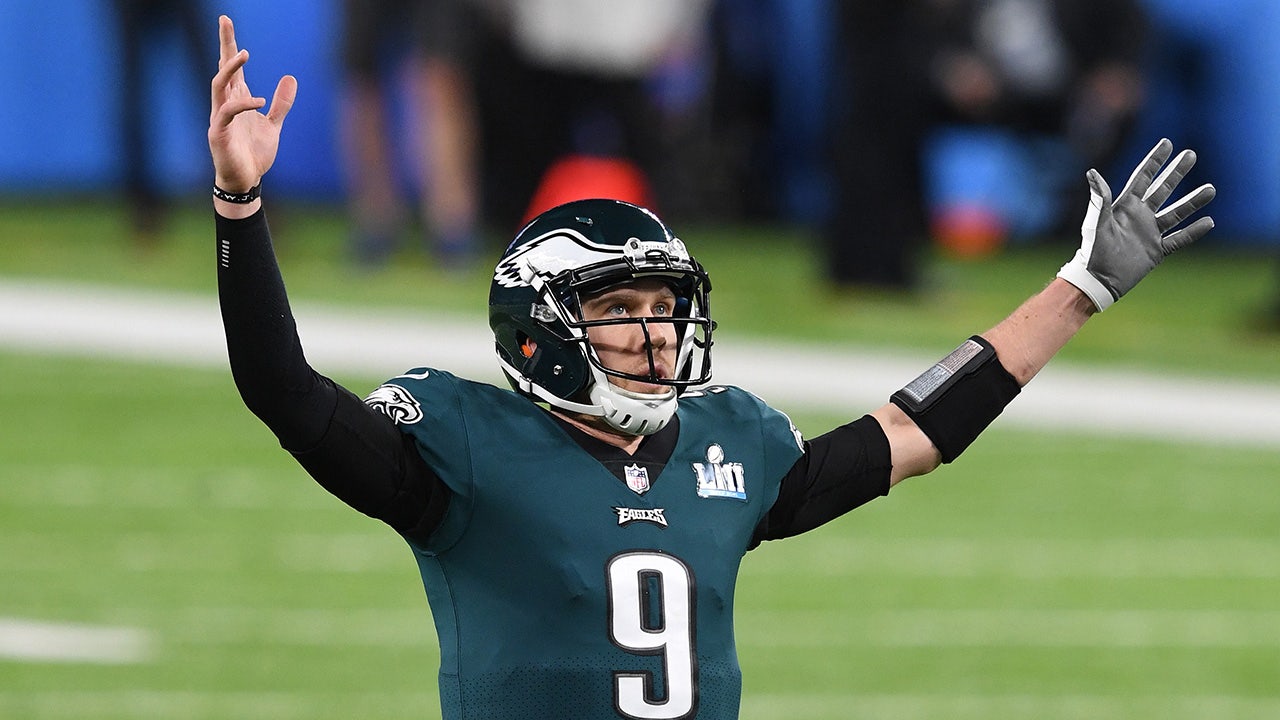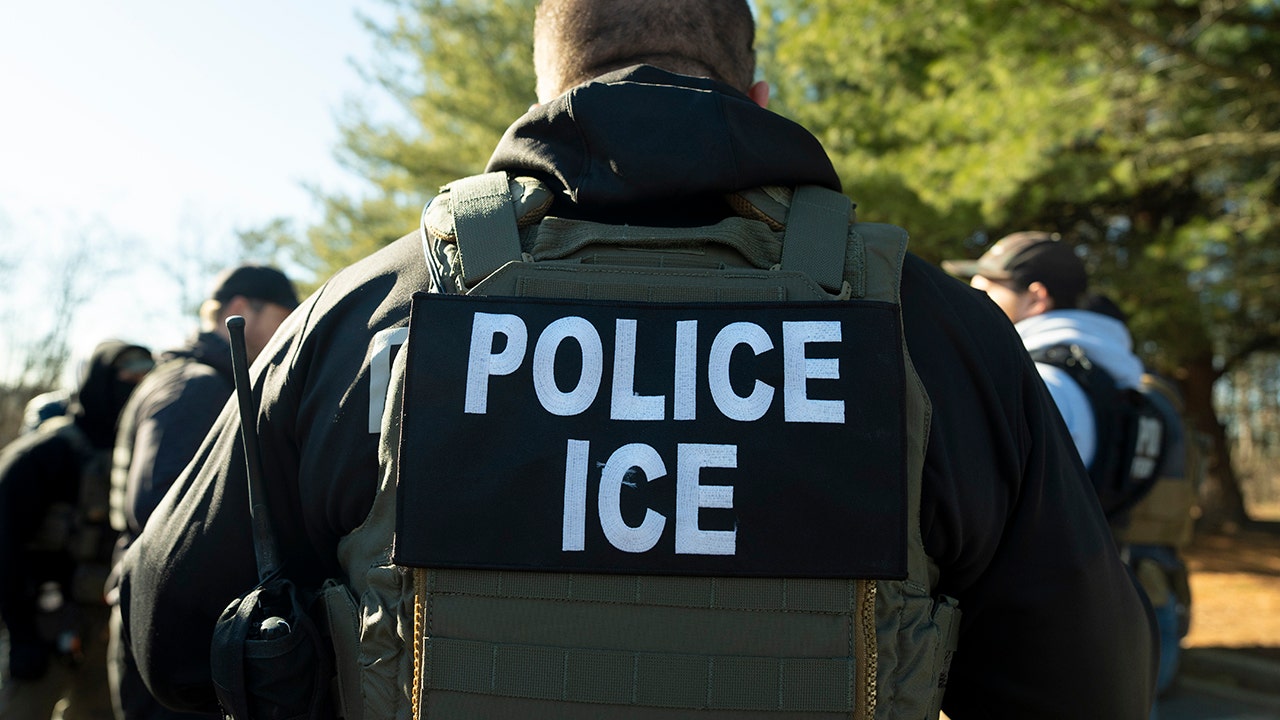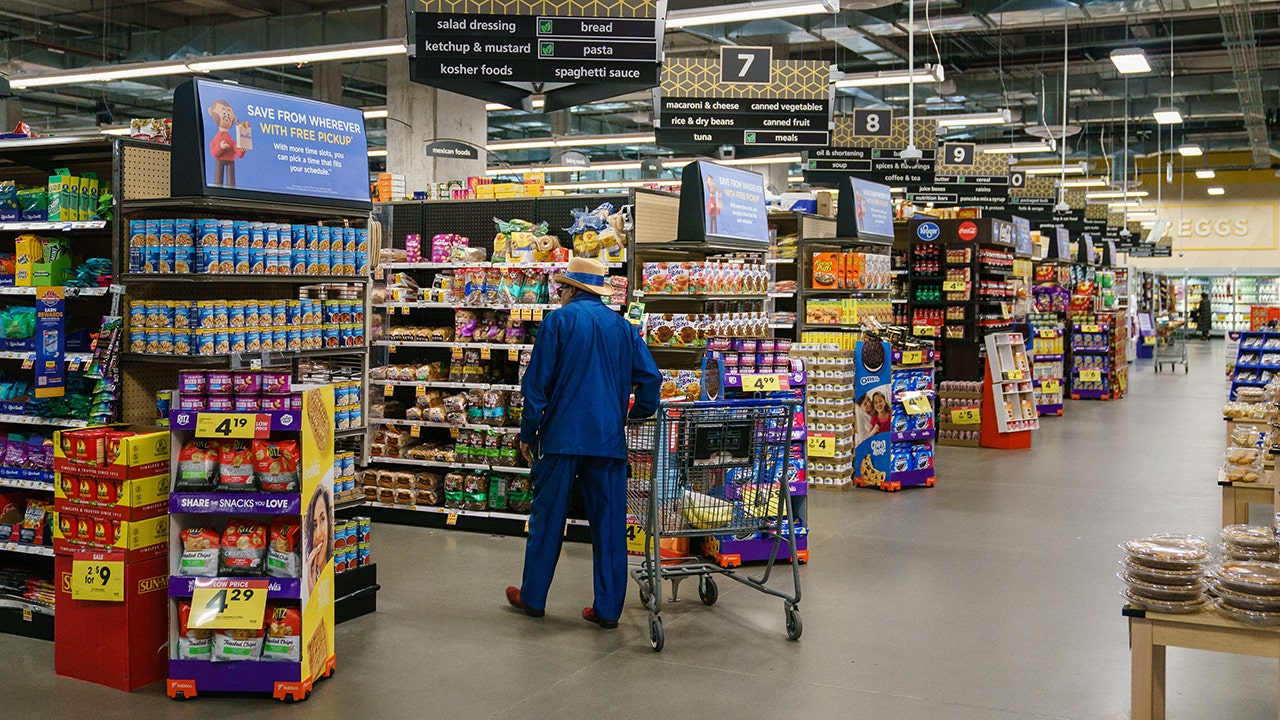Plenty of Americans will show loved ones their appreciation on Valentine’s Day with candy, flowers, cards and other gifts, a boon for the sectors behind those popular tokens of affection.
Valentine’s Day, celebrated Feb. 14 each year, is just under a week away, meaning many partaking in the holiday are likely finalizing their plans and readying presents for the special day. It falls on a Friday this year.
While celebrants most often shop for significant others and family members for Valentine’s Day, Americans are also looking to treat others like friends, colleagues and pets. For the upcoming Feb. 14 holiday, 32% of U.S. consumers are looking to buy something for friends, according to a survey released last month by the National Retail Federation.
Americans will open their wallets to the tune of $27.5 billion overall for Valentine’s Day this year, equating to an average of $188.81 per person, the trade association projected.
That record total marks a roughly $1.7 billion increase from the prior year, according to the NRF.
“Whether they are celebrating a significant other or someone else in their lives, Valentine’s Day is meaningful for many people,” Katherine Culle, the NRF’s vice president of industry and consumer insights, said in a statement. “Consumers are looking for special ways to treat their loved ones and can expect retailers to provide the best gift options and deals.”
When it comes to gifts, candy, flowers, greeting cards, an evening out and jewelry are expected to be some of the most popular things that Americans bestow upon loved ones this year, according to the NRF.
Candy: $2.5 billion
Americans begin to see heart-shaped chocolate boxes appear on shelves shortly after Christmas. Both chocolates and sweet candy are popular gifts to buy for others around Valentine’s Day.
The NRF pegged expected total Valentine’s Day spending on candy at $2.5 billion this year.
Earlier this month, the National Confectioners Association said retail sales of confectionary treats “are expected to grow by up to three percent this Valentine’s Day.”
Some well-known major candy makers include Mars, Hershey, Mondelez, Nestle and Ferrero.
Smaller companies also make a huge profit on Valentine’s Day, though the price of tasty chocolate treats has increased over the years.
Dan Abel Jr., son of the Chocolate Chocolate Chocolate Company’s founder, told FOX Business in 2022 that about a third of their overall revenue comes just from Valentine’s Day. The Valentine’s preparations begin before February, he says.
“We spend part of December and all of January making truffles and heart boxes, marshmallow hearts, caramel hearts,” Abel said.
Flowers: $2.9 billion
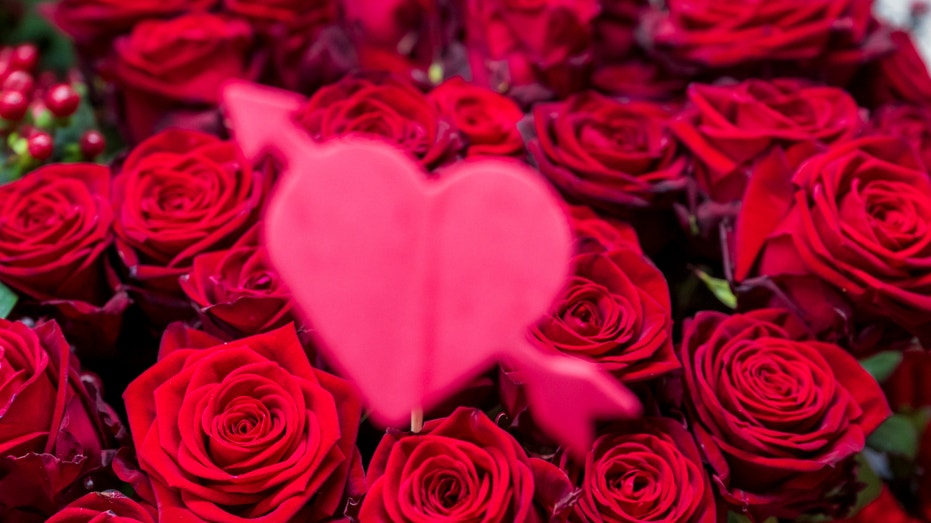
For another Valentine’s Day staple, Americans are poised to drop an estimated $2.9 billion on flowers, the NRF said.
Some often-gifted types of flowers on Valentine’s Day include roses, lilies, tulips, gerbera daisies, hydrangea and orchids, according to the Society of American Florists.
1-800-Flowers CEO James McCann said in the company’s second-quarter earnings call in late January that flowers “becomes a more dominant of our business during this quarter and next with Valentine’s Day, Easter, Mother’s Day, Father’s Day.”
Valentine’s Day being on a Friday is the “the best day placement from a sales point of view for us,” he said.
In 2019, the online floral retailer The Bouqs Co. told FOX Business that the company typically racks up more than $1 million per day in sales leading up to occasions including Mother’s Day or Valentine’s Day.
Greeting cards: $1.4 billion
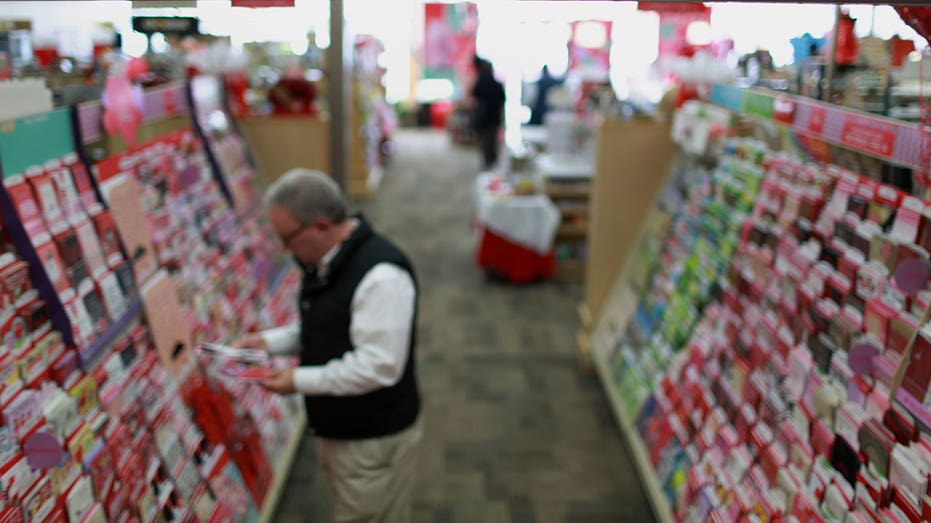
Greeting cards pair nicely with any Valentine’s Day gift, and companies like Hallmark are expected to profit enormously around Valentine’s Day as it’s the second-biggest holiday for the company behind Christmas.
Cards will account for a projected $1.4 billion of the spending Americans do for Valentine’s Day this year, per the NRF.
People give some 145 million Valentine’s Day cards to loved ones across the industry, according to Hallmark’s website.
Night on the town: $5.4 billion
Americans taking their loved ones out for Valentine’s Day will amount to $5.4 billion in spending this year, per the NRF.
Valentine’s Day is a popular time for dates with significant others at restaurants, but single people and groups may also be looking to celebrate the holiday in their own way.
Some 61% of U.S. consumers without a significant other are “willing to dine out for a first date” on Valentine’s Day, according to a recent OpenTable survey. Meanwhile, just over half – 51% – might use the holiday for a double date.
AGAVE SPIRIT UNVEILS BOOZY ‘PEANUT BUTTER AND JEALOUS’ ICE CREAM COLLAB FOR THE ENVIOUS THIS VALENTINE’S DAY
Last year, when Valentine’s Day was on a Wednesday, full-service restaurants experienced a 41% jump in overall transactions and a 77% lift in overall gross merchandise value compared to a normal Wednesday, according to a report from Toast. The company forecasted restaurants “can expect even greater demand” with the holiday on a Friday this year.
Jewelry: $6.5 billion
About 22% of Americans will buy jewelry for Valentine’s Day gifts this year, the NRF’s survey found. That, the trade association said, is expected to lead to a whopping $6.5 billion in spending.
Some popular jewelry retailers during Valentine’s Day are Tiffany & Co., Mejuri, Blue Nile and Kay Jewelers.
Jewelers of America, a U.S.-based trade association, published a gift guide for the holiday, including heart-shaped jewelry, pieces with romantic colors and “staple” bracelets.
Read the full article here

